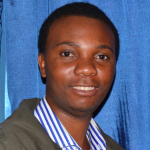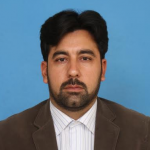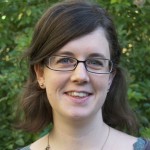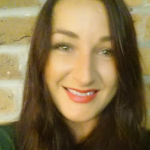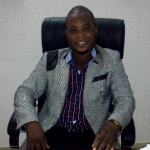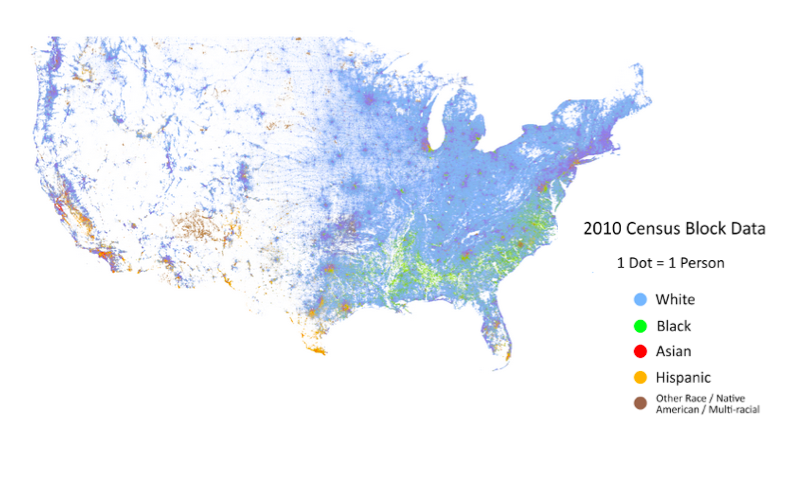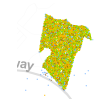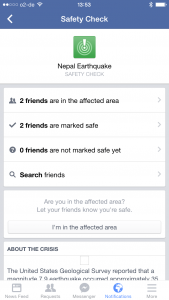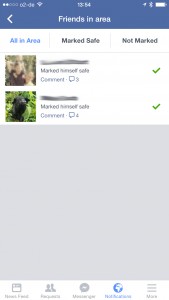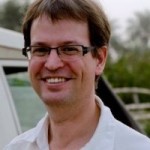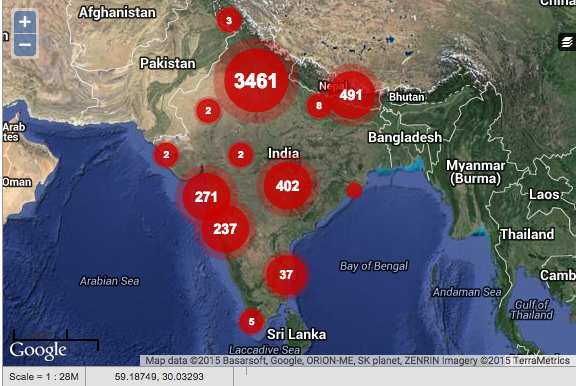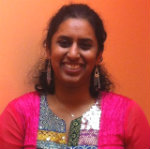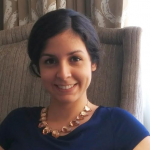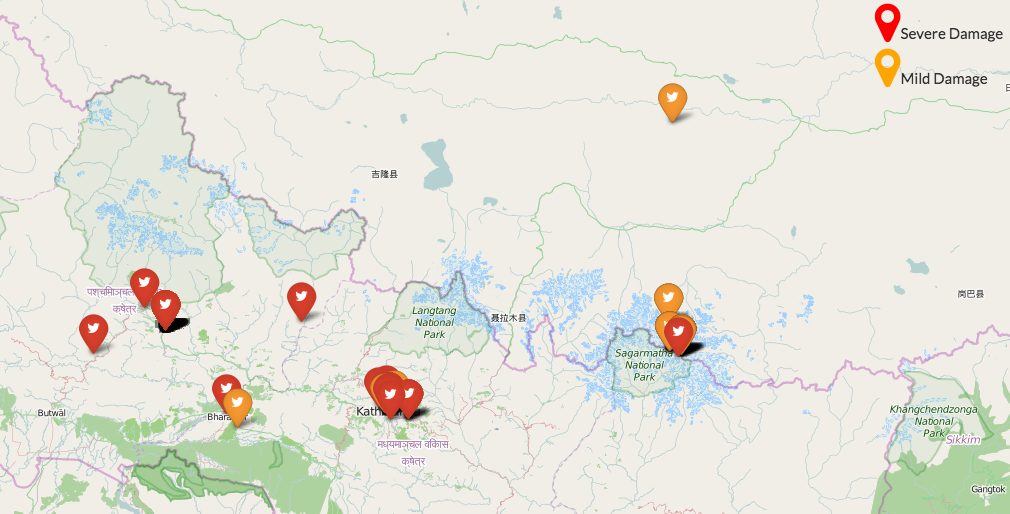If you have taken a TechChange course, you know that the participants are all doing amazing things wherever they are in the world. Some go on to start their own organization, some collaborate with other participants for future projects, and some take what they learned in the course and apply it in their current projects. Ameneé Siahpush took our Tech for M&E online course in January and has since been leading tech integration in Trickle Up’s M&E programs.
Tell us about yourself
A: I’m a Pacific Northwesterner who moved to New York City in 2010 after spending the prior few years in Latin America. My current role at Trickle Up is Senior Monitoring & Evaluations (M&E) Officer, where I support our economic and social empowerment programs in India and Central America. My work aims to increase our understanding of sustainable livelihood development for highly vulnerable populations, including outcomes around food security, health, coping mechanisms, and social empowerment. I’m particularly interested in expanding our use of participatory methods to improve and deepen our program learnings and developing simple mechanisms for sharing knowledge across participants, partners, staff, and offices. (If you have any ideas, please let me know!)
What does Trickle Up do?
A: Trickle Up is an international NGO that works to create a world in which it is unacceptable for anyone to live in extreme poverty. In collaboration with local partner organizations, we empower and support the poorest and most vulnerable people to develop the confidence and knowledge to build sustainable livelihoods by 1) providing training, coaching, and seed capital grants to jumpstart microenterprises; 2) forming savings and credit groups to build financial capital and literacy; and 3) improving access to information and financial, health, and social services. We also provide technical assistance to other development organizations and government agencies to help them deliver social empowerment and economic programming that reaches “last mile” populations, including women, people with disabilities, and marginalized ethnic populations living on under $1.25/day in rural areas. Trickle Up currently works in India, Central America, South America, West Africa, and the Middle East.
How did you hear about TechChange?
A: My colleague at Trickle Up learned about the Technology for M&E course through a Yahoo M&E group, and quickly forwarded me the information given my interest in the topic.
Why did you decide to enroll in the Tech for M&E course?
A: I feel very fortunate to work for an organization that has invested in a robust M&E system, including the use of mobile data collection for some of our projects. However, as we scale our programs, it’s essential that we adapt our M&E systems to become more efficient and effective across an increasingly large and diverse number of partners and program participants. Integrating new technologies and tools is key in this adaptation process – yet, I knew that I needed very practical guidance in understanding which combination of technologies and tools would be best suited for Trickle Up’s current and future programs. The Tech for M&E course felt like the perfect companion for exploring these issues. It offered practical tools and resources, connection to a wide network of experts, forums to collaborate with other NGOs, and flexible access to course materials to accommodate my travel schedule. I also really appreciated that the discussions were geared towards international organizations who often work in remote, rural places where connectivity and electricity challenges must be considered in their M&E tools.
How has the course impacted your work at Trickle Up?
A: I entered the course with a deep interest in exploring technologies to increase the efficiency and quality of our M&E data. I came out of the course with the language, framework, tools, and resources to actually take the lead in designing and implementing new technologies within Trickle Up’s M&E system. Since completing the course, I have successfully added “M&E tech upgrades” into our upcoming year’s strategic plans. This includes a detailed roadmap of how we will integrate and utilize mobile data collection and a data visualization/reporting platform across all of our projects to increase access to real-time data for project management, promote cross-regional learning, and, ultimately, improve our ability to direct resources towards combating extreme poverty. Yes, it’s a very lofty goal, but one that is greatly enabled by simple technologies that help to ensure our program data is more efficiently and effectively used.
What would be an advice to other participants taking a TechChange course? How can they get the most out of it?
A: If possible, approach the course with a specific, tangible challenge that you hope to confront in your daily work. Keep this challenge in mind as you choose which webinars to attend or resources to explore, and then organize your course notes in a way that will be easily accessible in the future.
Another obvious, but important, suggestion is to be an active participant! Connect with fellow students, ask questions, follow up with presenters, experiment with the recommended tools. Luckily, the course provides a wide variety of ways to engage with the materials and people, despite being in different time zones, and everyone felt very approachable and enthusiastic. We’re all current or future tech nerds, after all.
You can join participants like Ameneé in our next Tech for M&E course in September. If you are looking to dive deeper, check out our brand new Diploma Program in Tech for M&E!
About Ameneé
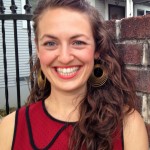
Ameneé is the Senior Monitoring & Evaluations Officer at Trickle Up, where she supports their economic and social empowerment programs in India and Central America. She holds a BA in sociology and psychology from the University of Oregon and an MPA, with a specialization in international policy and management, from the Wagner School of Public Service at New York University (NYU). As an NYU Gallatin Global Fellow in Human Rights, Ameneé partnered with Global Workers Justice Alliance to conduct research on gender and migration in Oaxaca, Mexico, and has spent multiple years in Latin America, more broadly, volunteering with small-scale farmers and studying Spanish. Prior to Trickle Up, Ameneé was a Program Evaluator at Morrison Child & Family Center in Portland, OR, and a Research Supervisor at the Oregon Social Learning Center. Outside of work, Ameneé loves to play soccer, dance, and spend time in the mountains.
